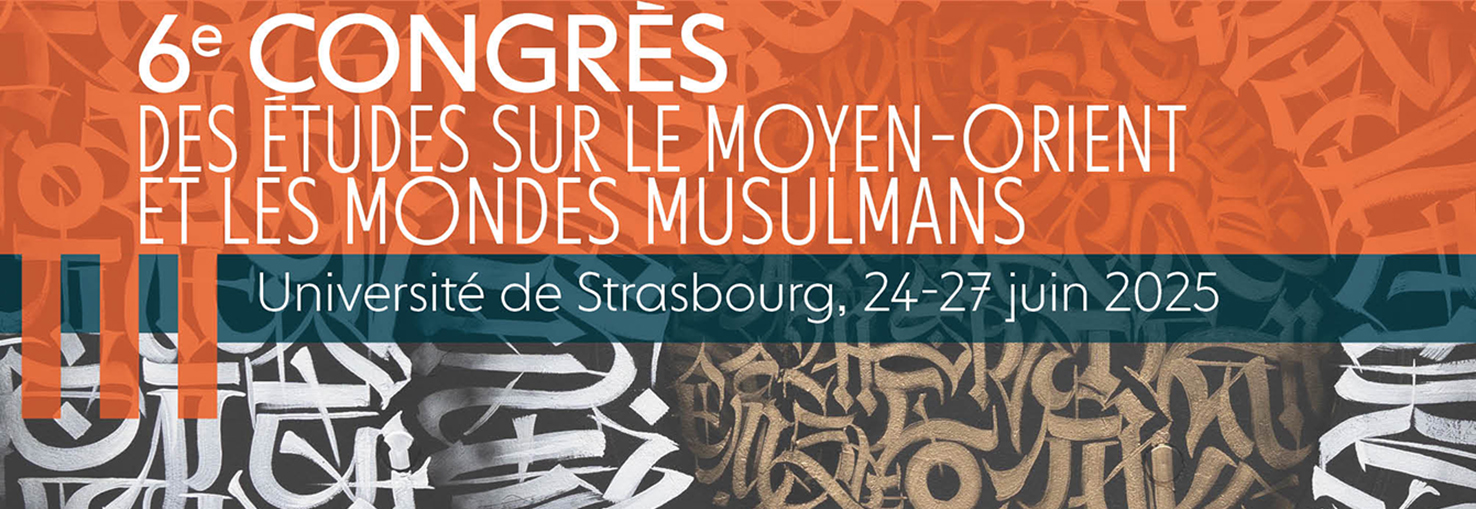Vendredi 27 juin 2025, 8h30-10h30, Salle 3203
RESPONSABLES :
Anna Lissa (Université Paris 8, Cermom, Inalco)
Michèle Tauber (Université de Strasbourg)
INTERVENANTS :
Raffaele Esposito (Università di Napoli L'Orientale) : De la Terre promise à la Terre désolée : Paysage dystopique dans la fiction hébraïque
From the Promised Land to the Waste Land: Dystopian landscape in Hebrew fiction
Ilanit Ben-Dor Derimian (Université de Lille, Centre d'études en civilisations, langues et littératures étrangères, ULR 4074 CECILLE) : Le berceau d'une société exemplaire ou d'un désastre écologique : Le désert du Néguev, entre utopie et dystopie
The cradle of an exemplary society or an ecological disaster: The Negev Desert, between utopia and dystopia
Anna Lissa (Université Paris 8, Cermom, Inalco) : Le salut par la science dans Hydromania et Ha-Melet d'Assaf Gavron
Salvation through science in Assaf Gavron's Hydromania and Ha-Melet
Hagit Arieli Chai (Hebrew Union College, USC) : The Promised Land: Utopian vision and distopian linguistic expression in Hebraic writings
La Terre promise : Visions utopiques et expressions linguistiques dystopiques dans les écrits hébraïques



